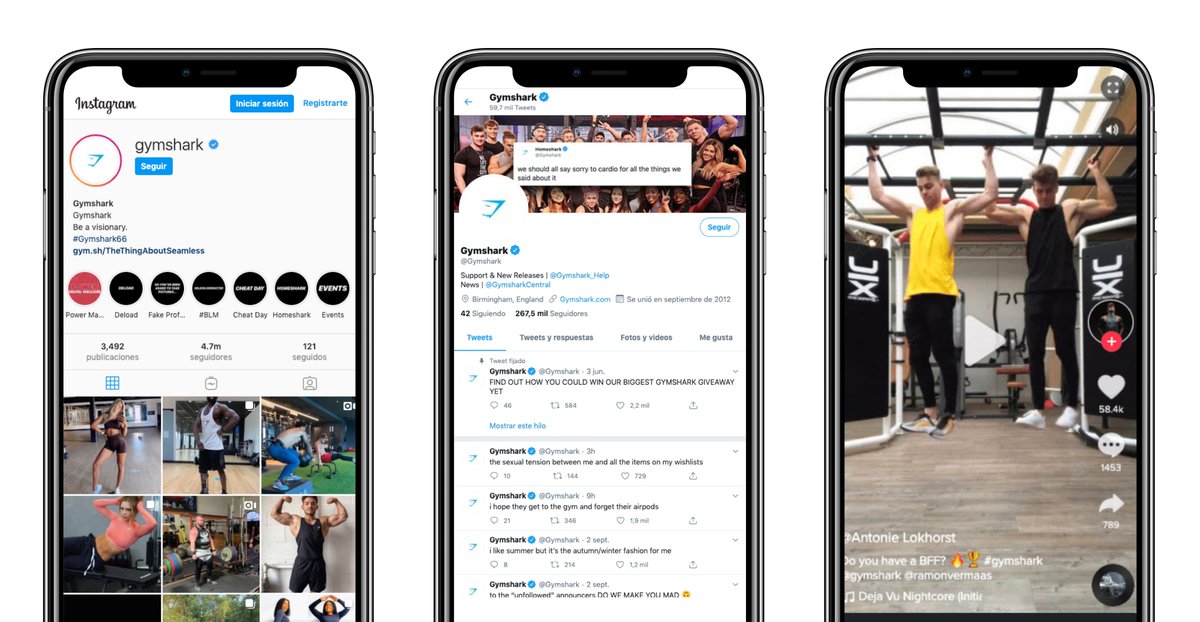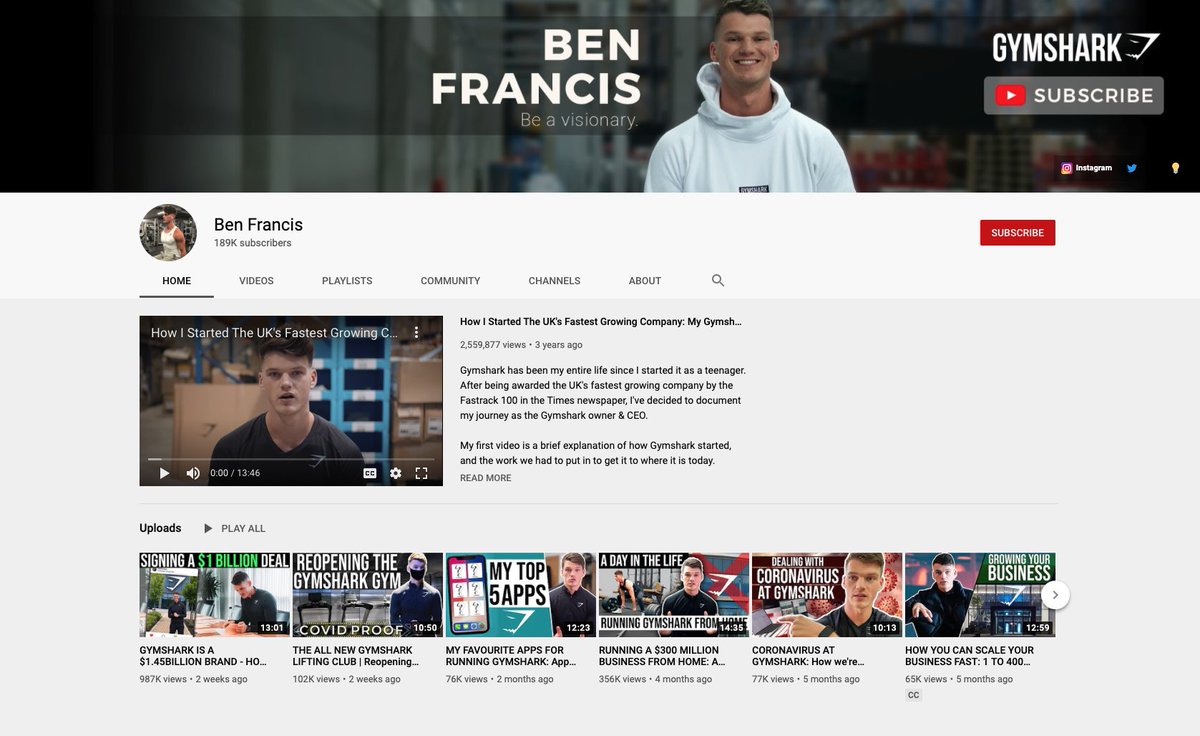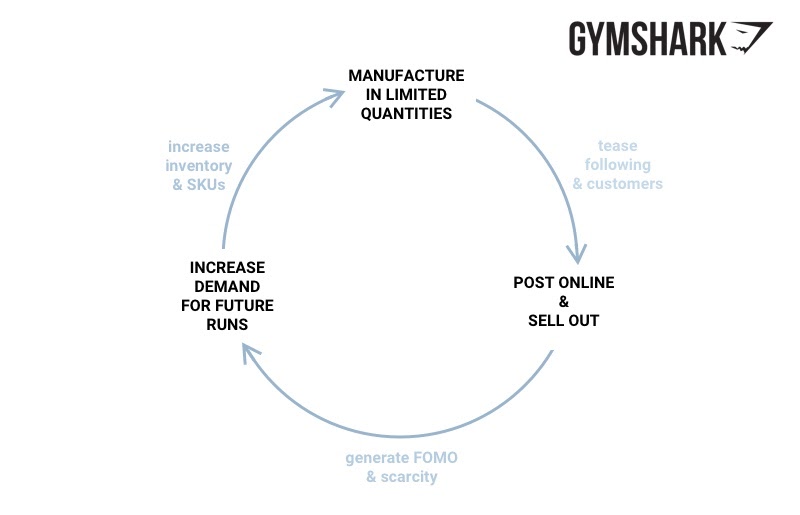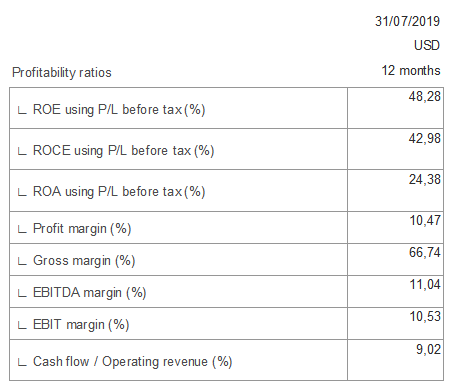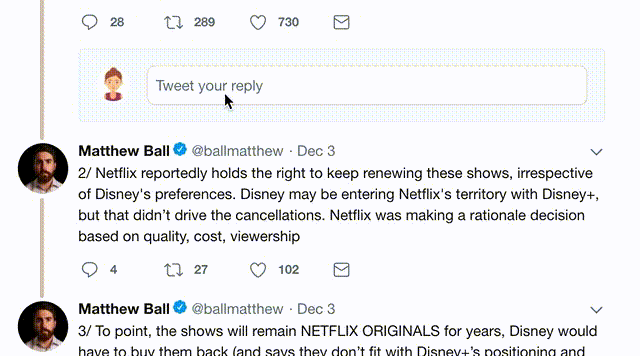editions.seedtable.com/gymshark/
1) exploiting the right marketing channels
2) administering capital efficiently
3) managing their talent in an extraordinary way
But to understand how Gymshark operates you need to understand their origin story.
To generate some cash, Ben decided to make his own product. He enlisted friends, got a sewing machine and got to to work.
Without knowing, Francis was following Paul Graham's advice: make something a small group of people really want and scale from there.
But it didn’t stop there. When the team got back from the show, Ben put up more stock and in 30 mins they had more traffic and sales than the previous year.
It was time to scale 🚀
In 2014 they did £5m. By 2016 they were doing £15m – a 3x jump.
With no outside capital.
What is REALLY interesting is the framework Gymshark uses for assessing growth opportunities – generating Mimetic Desire at scale.
But to summarize: we don’t actually want the clothes, we want to be like the person we admire so we end up buying the clothes.
¹ julian.digital/2020/05/28/wha…

We’ve seen startups like Nasty Gal go up in flames because they couldn’t support the embedded growth obligations that come with VC.
But Gymshark didn’t take VC. They had no choice but to be a profitable company.
You only buy inventory you know 100% you can sell. So you manufacture a fraction of what a normal company would.
If you think you might sell 100 t-shirts, then you manufacture 50.
This generates scarcity/FOMO, fuelling demand for the following run. So next time you do 65. Then 85. And rinse and repeat.
Talent management is key otherwise Gresham's Law for Talent will eat from the inside out.
In 2015, Sportswear industry veteran Steve Hewitt joined as managing director, before being given the chief executive title last year.
Gymshark raised £200m to expand the business in Asia and North America, where they do 40% of its sales.
The “We never raised, we can do what we want” ship has sailed. With capital comes embedded growth obligations and Gymshark needs to keep the pace.
Gymshark might be forced to abandon their niche online-only business model and go mainstream with TV ads, sponsoring NFL players and retail space.
If you want to kill Nike, you have to get closer to its size and this requires lots of money upfront and a different skillset.
How does this set them up to be disrupted by future entrants?
If they become Nike, where will we see the next Gymshark?
Maybe we should look at what the TikTok kids are doing.



